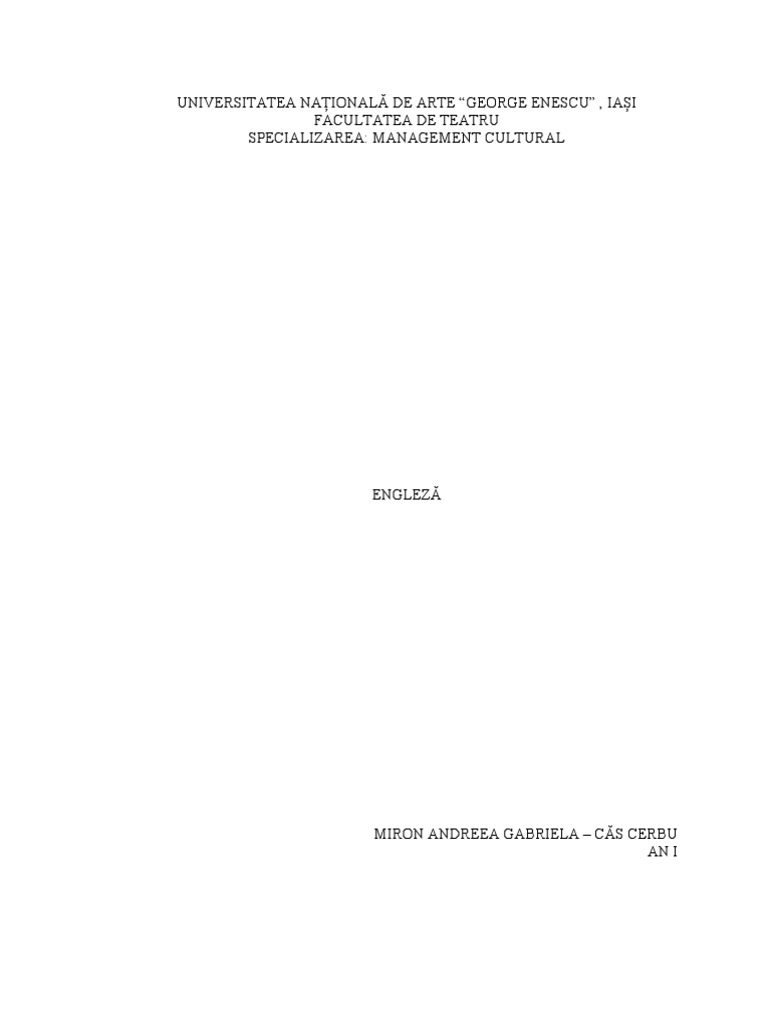In the vast tapestry of existence, beauty weaves its way through the fabric of our lives, transcending the mundane to evoke feelings of transcendence and connectedness. The Baha’i teachings elevate this concept of beauty, revealing it as a profound reflection of divine attributes and a catalyst for personal and communal transformation. This guide endeavors to explore the significance of beauty within the framework of Baha’i philosophy, particularly through the lens of art, elucidating the reasons why beauty matters.
At the heart of Baha’i beliefs is the idea that beauty is not merely an aesthetic quality but a manifestation of the divine. The Baha’i Faith teaches that God, in His essence, is the source of all beauty. When we encounter beauty in the world, whether through nature, art, or human interaction, we are witnessing a reflection of the divine attributes. Consider this: just as the sun illuminates the earth, revealing the intricate details of creation, so too does beauty illuminate our souls, drawing us closer to the divine source from whence it emanates. In this context, beauty serves as a bridge between the spiritual and the material realms, fostering a sense of unity and interconnectedness among all beings.
Art, as a primary vehicle for expressing beauty, takes on significant importance within the Baha’i framework. The practice of creating and appreciating art serves not only as a means of personal expression but also as a form of worship. In a world often clouded by conflict and division, art provides a sanctuary where individuals can explore and express their innermost thoughts, emotions, and spiritual yearnings. This sacred act of creation invites artists to channel divine inspiration, thereby transforming their insights into tangible forms that can inspire others. By engaging with art, individuals forge a deeper connection with their own spirituality and the greater universe, thereby fulfilling their inherent purpose.
Moreover, beauty in art has the power to cultivate compassion and empathy. When we encounter a poignant artwork, we are often moved to reflect on our shared humanity. Artistic expressions can encapsulate the struggles, joys, and sorrows of diverse cultures and experiences, fostering a sense of solidarity and understanding among individuals from all walks of life. Baha’i teachings emphasize the importance of unity—both among humanity and in the pursuit of knowledge. In this light, art becomes a universal language that transcends barriers, encouraging appreciation and respect for the myriad voices that contribute to the human experience.
To explore why beauty truly matters, one must consider the transformative effects that engaging with beautiful art can have on individuals and communities. Beauty inspires individuals to aspire toward greatness—it elevates the spirit and can motivate a collective movement toward social change. When people are inspired by the beauty found in art, they are more inclined to engage in acts of charity, kindness, and service. Baha’i teachings assert that the purpose of life is to engage in acts of service and contribute to the betterment of society. In this sense, the pursuit of beauty and the creation of art are directly tied to the broader objective of fostering a more just and compassionate world.
Furthermore, the pursuit of beauty encourages the development of talents and skills as essential to the growth of the human soul. The Baha’i Faith encourages individuals to cultivate their innate potential, drawing on the power of creativity to enrich their lives and the lives of those around them. Each act of artistic creation contributes to a collective body of human expression, wherein beauty not only reflects personal passion but also enriches the collective narrative. This narrative becomes an enduring testimony to the resilience and creativity inherent in the human spirit, an ever-expanding universe of expression that serves future generations.
When considering the role of beauty in the Baha’i teachings, one cannot overlook the profound interconnectedness of all elements of creation. Just as the components of a symphony unite to create a harmonious masterpiece, so too does each expression of beauty contribute to the overarching tapestry of existence. Recognizing this interconnectedness fosters a sense of stewardship toward the environment and a deep respect for cultural heritage. The teachings advocate for the preservation and enrichment of beauty in all forms, whether through the protection of natural landscapes or the safeguarding of artistic traditions, as it reflects both our shared history and our collective future.
In summation, the significance of beauty within the Baha’i teachings extends far beyond mere aesthetic appreciation. It encompasses a holistic understanding of the world—beauty as a reflection of divine qualities, a catalyst for personal growth and social change, and a means of fostering universal harmony. Each creation, whether it be a breathtaking landscape or a soul-stirring piece of music, serves as a reminder of our intrinsic connection to the divine and each other. Engaging with beauty through art offers a glimpse into the transcendent and invites all to partake in a journey toward spiritual enlightenment and unity. As we navigate our existence, let us embrace the beauty that surrounds us, understanding its vital importance as a transformative force in our lives and the world at large.
